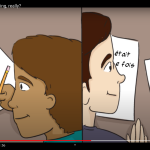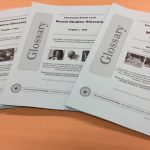Bangkok recently hosted the High-level Policy Forum on Multilingual Education, which brought together over 30 high-senior government officials from 20 Asia-Pacific countries during the 7th International Conference on Language and Learning, hosted by UNESCO, UNICEF, and partners. The officials endorsed … Continue reading

May 1, 2024
by ISB Native Language Programs
0 comments





